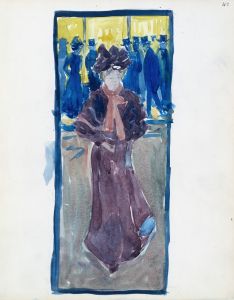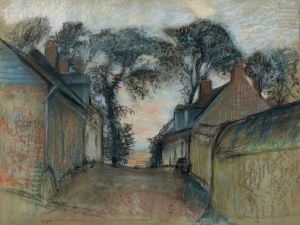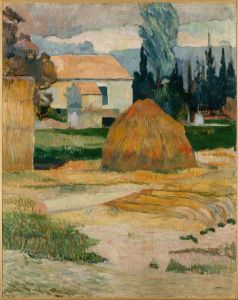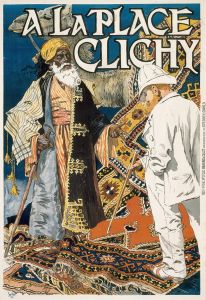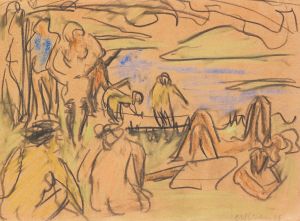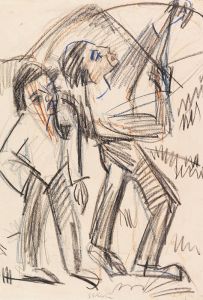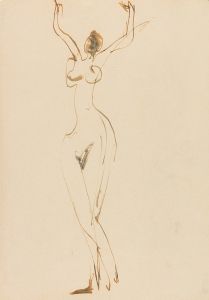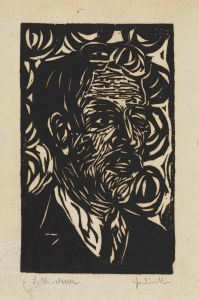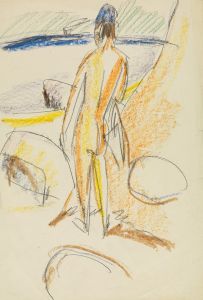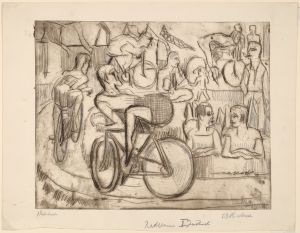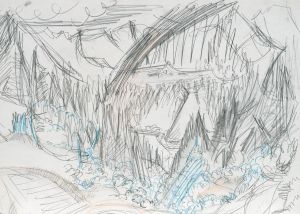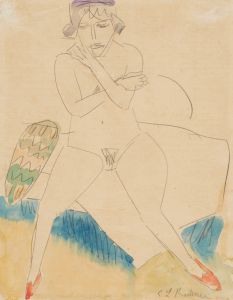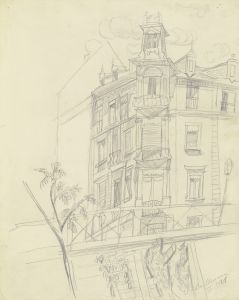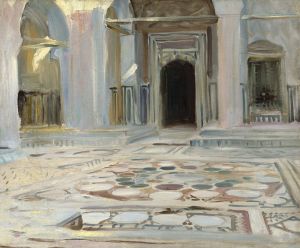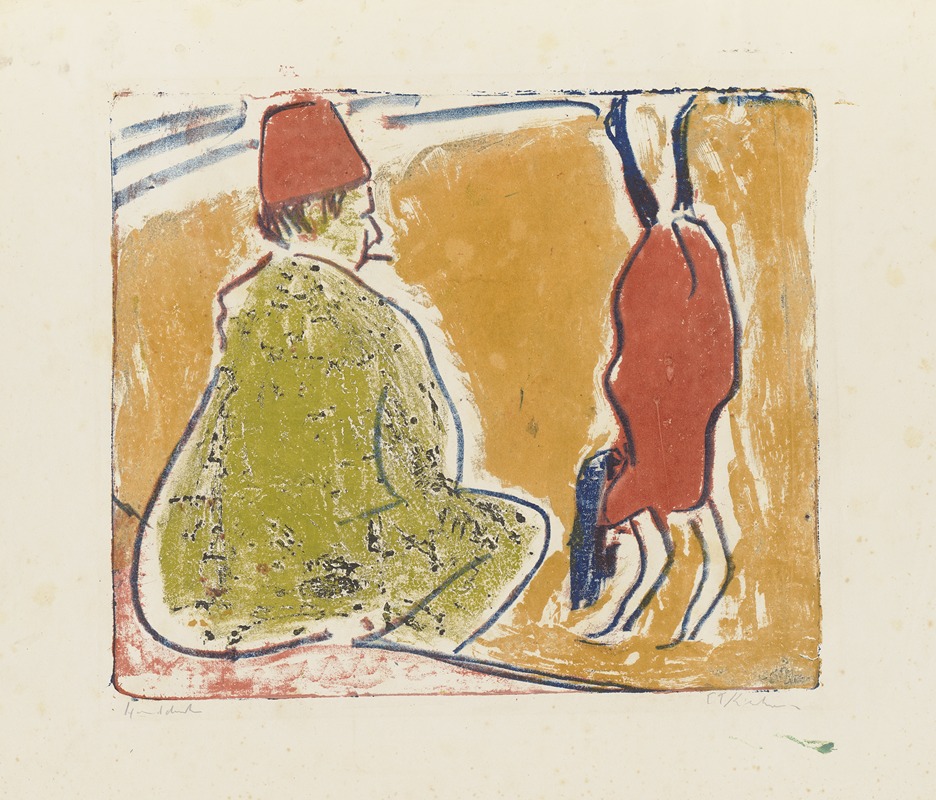
Strandscene
A hand-painted replica of Ernst Ludwig Kirchner’s masterpiece Strandscene, meticulously crafted by professional artists to capture the true essence of the original. Each piece is created with museum-quality canvas and rare mineral pigments, carefully painted by experienced artists with delicate brushstrokes and rich, layered colors to perfectly recreate the texture of the original artwork. Unlike machine-printed reproductions, this hand-painted version brings the painting to life, infused with the artist’s emotions and skill in every stroke. Whether for personal collection or home decoration, it instantly elevates the artistic atmosphere of any space.
Ernst Ludwig Kirchner was a prominent German expressionist painter and one of the founding members of the artist group Die Brücke (The Bridge), which played a crucial role in the development of modern art in the early 20th century. Kirchner's work is characterized by its bold use of color, dynamic compositions, and expressive forms, often reflecting the anxieties and tensions of the modern world.
"Strandscene" (Beach Scene) is one of Kirchner's notable works, exemplifying his distinctive style and thematic interests. Painted during a period when Kirchner was deeply engaged with the themes of urban life and human interaction, this piece captures a moment of leisure and social activity on a beach. The painting is a vivid representation of Kirchner's ability to convey movement and emotion through his unique approach to form and color.
In "Strandscene," Kirchner employs a vibrant palette, using intense colors to evoke the energy and vitality of the scene. The figures in the painting are depicted with elongated forms and exaggerated gestures, a hallmark of Kirchner's style that emphasizes the emotional and psychological dimensions of his subjects. This approach reflects the influence of both African and Oceanic art, which Kirchner admired for its perceived authenticity and emotional directness.
The composition of "Strandscene" is dynamic, with a sense of movement that draws the viewer's eye across the canvas. Kirchner often used diagonal lines and tilted perspectives to create a sense of instability and tension, a technique evident in this work. The beach setting provides a backdrop for the interaction of the figures, who are engaged in various activities, suggesting a narrative of social interaction and human connection.
Kirchner's work, including "Strandscene," is often seen as a response to the rapid changes and uncertainties of the early 20th century. The industrialization and urbanization of society, along with the looming threat of war, influenced many artists of the time, and Kirchner was no exception. His paintings frequently explore the complexities of modern life, capturing both its vibrancy and its underlying anxieties.
Throughout his career, Kirchner faced numerous personal and professional challenges, including struggles with mental health and the impact of World War I. Despite these difficulties, he remained a prolific artist, continually evolving his style and exploring new themes. His contributions to the expressionist movement have left a lasting impact on the art world, influencing generations of artists who followed.
"Strandscene" is a testament to Kirchner's skill as a painter and his ability to capture the essence of human experience. It remains an important work within his oeuvre, reflecting both the artistic innovations of the expressionist movement and the broader cultural currents of the time. Kirchner's legacy continues to be celebrated in museums and galleries worldwide, where his work is appreciated for its emotional depth and artistic innovation.





